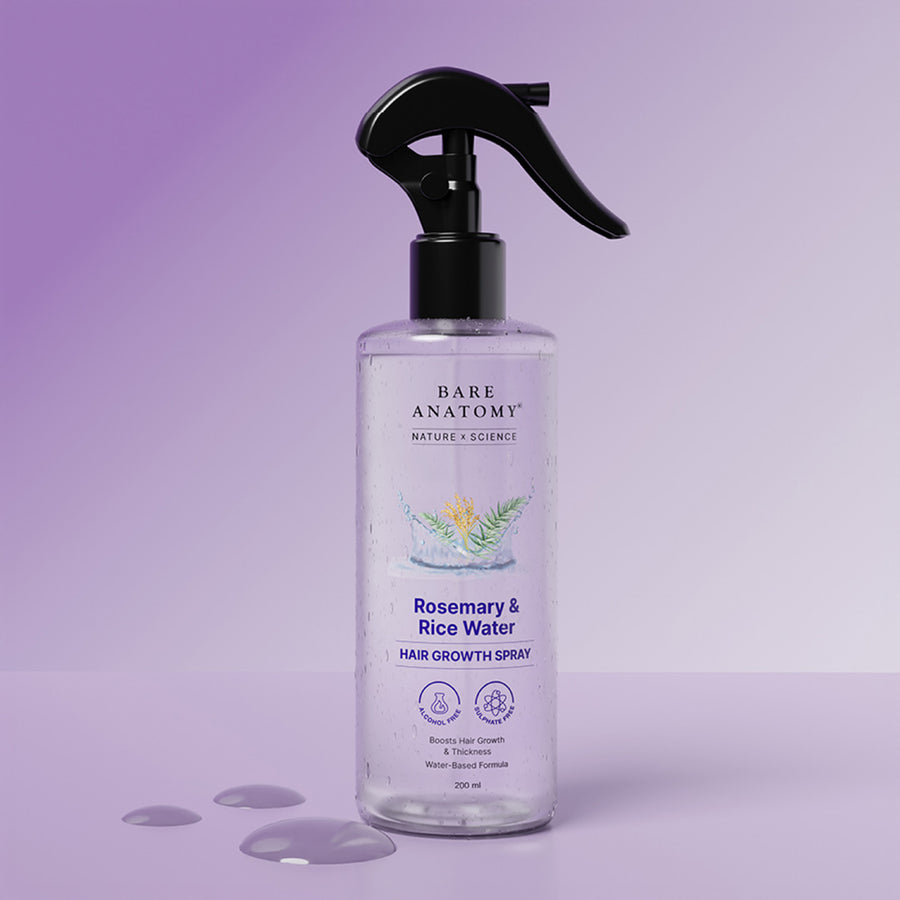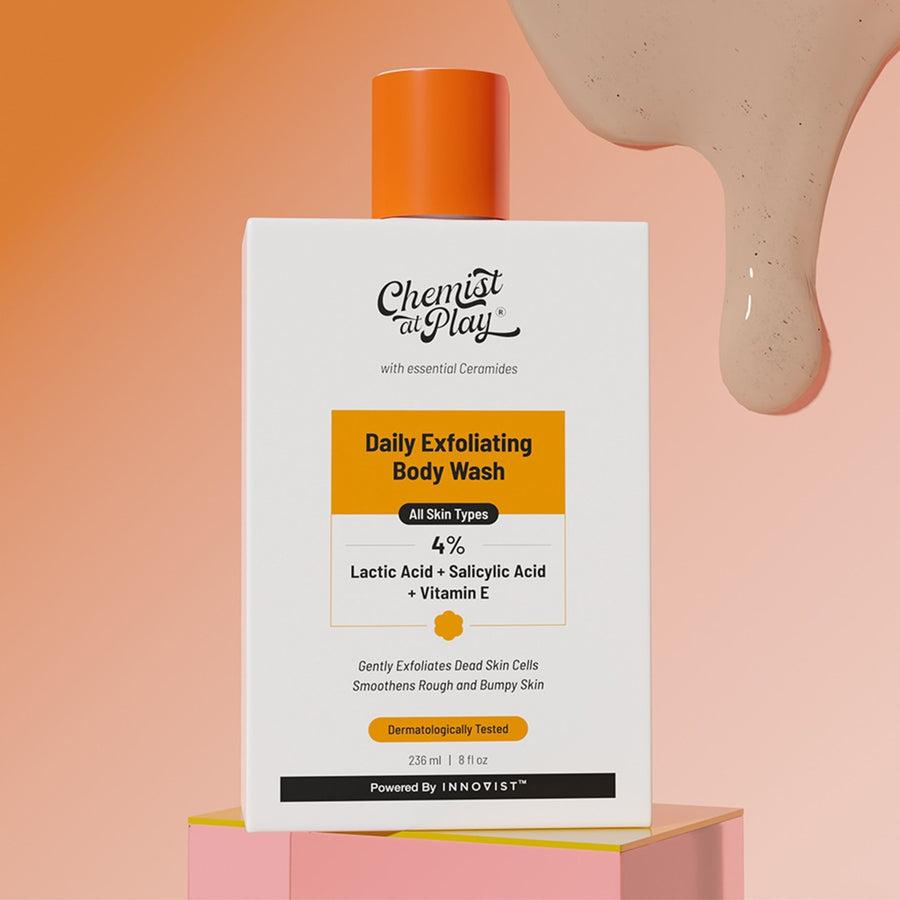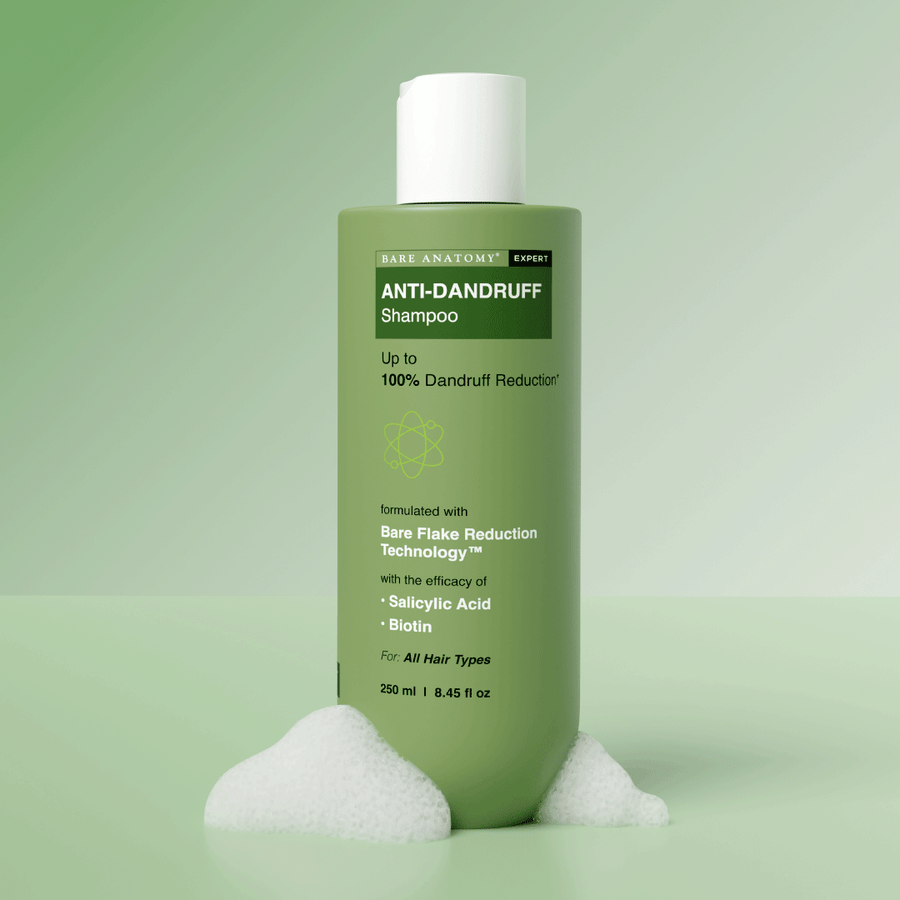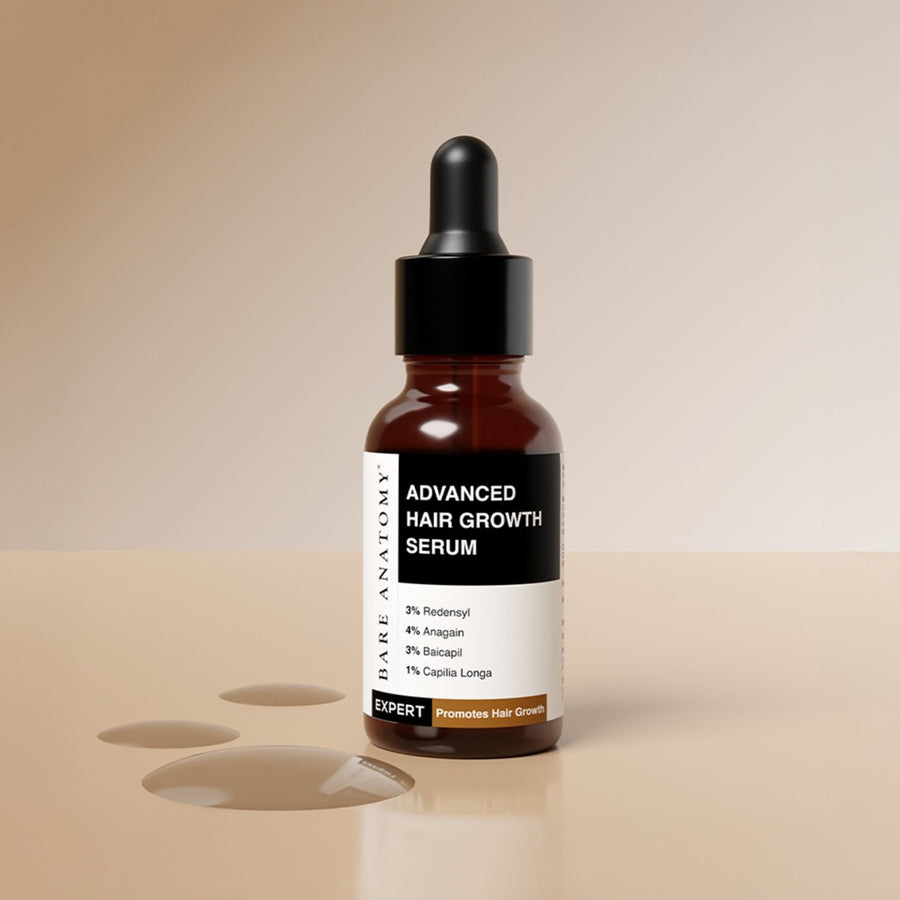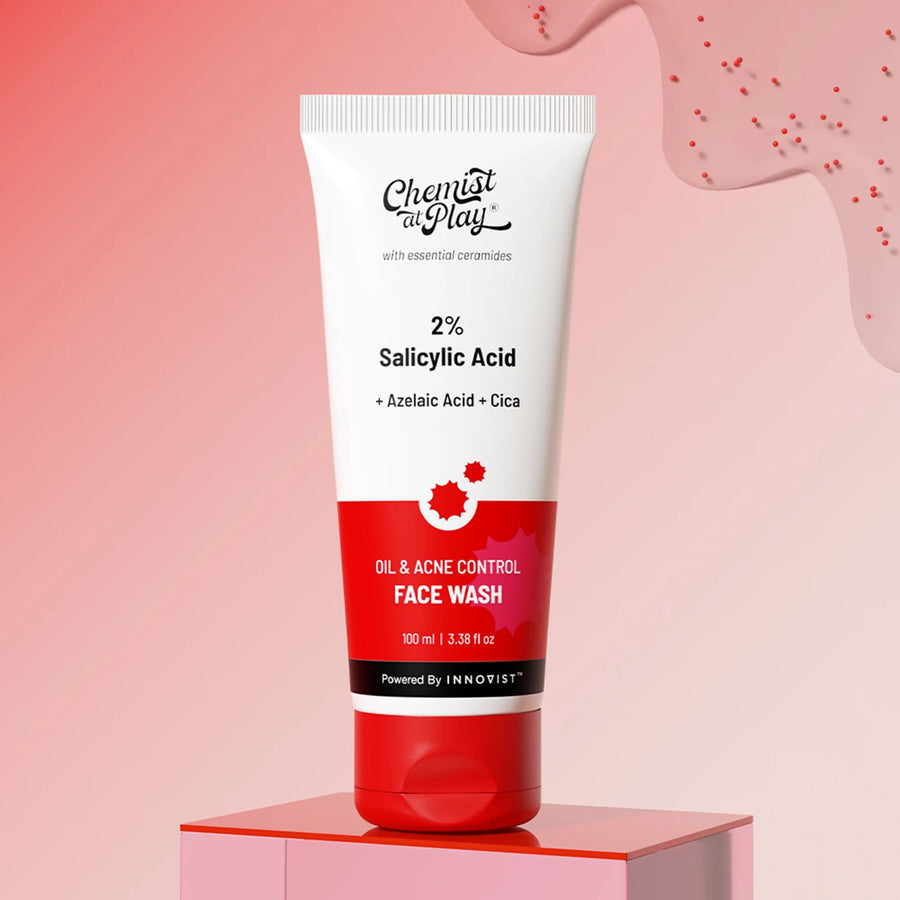
Postpartum Care: Healing and Fading Stretch Marks with the Help of Oil
Bringing a new life into the world is a beautiful and transformative experience for any mother. However, the journey of pregnancy and childbirth can leave behind physical changes that may require special care and attention. The postpartum period is a time of significant physical and emotional changes for new mothers. It is essential to prioritize postpartum care to ensure a healthy recovery and support the well-being of both the mother and the baby.
Post delivery care involves various aspects, including physical healing, emotional support, self-care, and adjustment to the new role of motherhood. One of the most common concerns among postpartum women is the appearance of post pregnancy stretch marks. These marks, caused by the stretching of the skin during pregnancy, can be a source of self-consciousness and discomfort. Fortunately, with the help of various oils for stretch marks during pregnancy, postpartum mothers can support the healing and fading of these marks while nourishing their skin.
In this blog, we will explore the importance of after delivery care for mother, the impact of pregnancy on the skin, and how oils can aid in the healing process.
The Impact of Pregnancy on the Skin
During pregnancy, the body undergoes numerous changes, both internally and externally. The skin, in particular, stretches to accommodate the growing baby, leading to the formation of stretch marks. These marks occur when the underlying collagen and elastin fibers in the skin tear due to rapid stretching. They commonly appear on the abdomen, breasts, hips, and thighs.
Post pregnancy Stretch marks can vary in appearance, initially appearing as red, pink, or purple lines. Over time, they may fade to a lighter color but often remain visible. While stretch marks are a natural part of pregnancy, many mothers desire to minimize their appearance and support the healing process.

The Role of oil for stretch marks during Pregnancy
Using oils specifically formulated for stretch marks can be a valuable addition to a postpartum care routine. These oils are designed to nourish and moisturize the skin, promote elasticity, and support the healing and fading of stretch marks. Here are the key benefits of incorporating oil into your post delivery care routine:
- Hydration and Moisturization: Stretch mark oils deeply hydrate and moisturize the skin, helping to improve its elasticity and prevent dryness. Hydrated skin is more supple and resilient, making it less prone to the development of new stretch marks.
- Nourishment and Regeneration: Oils rich in essential nutrients and vitamins nourish the skin, aiding in its regeneration and repair. Ingredients such as vitamin E, rosehip oil, almond oil provide antioxidants and support the natural healing process of the skin. After delivery care for mothers should include using products and oils with all essential ingredients in order to attain desired results.
- Improved Elasticity: Using an oil for stretch marks during pregnancy promote skin elasticity, helping the skin bounce back and recover from the stretching it experienced during pregnancy. These oils contain ingredients like collagen and elastin that support the skin's natural elasticity, reducing the appearance of stretch marks.
- Soothing and Comforting: The postpartum period can be physically and emotionally challenging for mothers especially when it comes to the appearance of stretch marks postpartum. Stretch mark oils offer a soothing and comforting experience when massaged onto the skin. The act of self-care and nurturing can help promote relaxation and a sense of well-being.
Incorporating Oil into Your Postpartum Care Routine to make the most of your postpartum care routine and the benefits of stretch mark oil, follow these simple steps:
- Cleanse the skin: Start by cleansing the targeted areas with a gentle cleanser and pat them dry.
- Apply the oil: Take a small amount of the oil for stretch marks during pregnancy and massage it onto the affected areas in circular motions. Focus on the abdomen, breasts, hips, and thighs, or any other areas where stretch marks are present.
- Massage: While applying the oil, use gentle massage techniques to promote blood circulation, relax the skin, and enhance absorption.
- Consistency is key: For optimal results, apply the stretch mark oil consistently. Follow the recommended usage instructions and apply the oil daily or as directed. Continued use over time will yield the most significant benefits.
Postpartum care is essential for the well-being of mothers after childbirth, and addressing stretch marks postpartum is an integral part of this care. Stretch mark oils can support the healing and fading of stretch marks while nourishing and moisturizing the skin. Incorporating an oil for stretch marks during pregnancy into your postpartum care routine can provide numerous benefits, including hydration, nourishment, improved elasticity, and a soothing experience. You can check our Chemist at Play’s Stretch Marks & Scar Fading oil which has all the essential ingredients, is dermatologically tested and safe to use.















